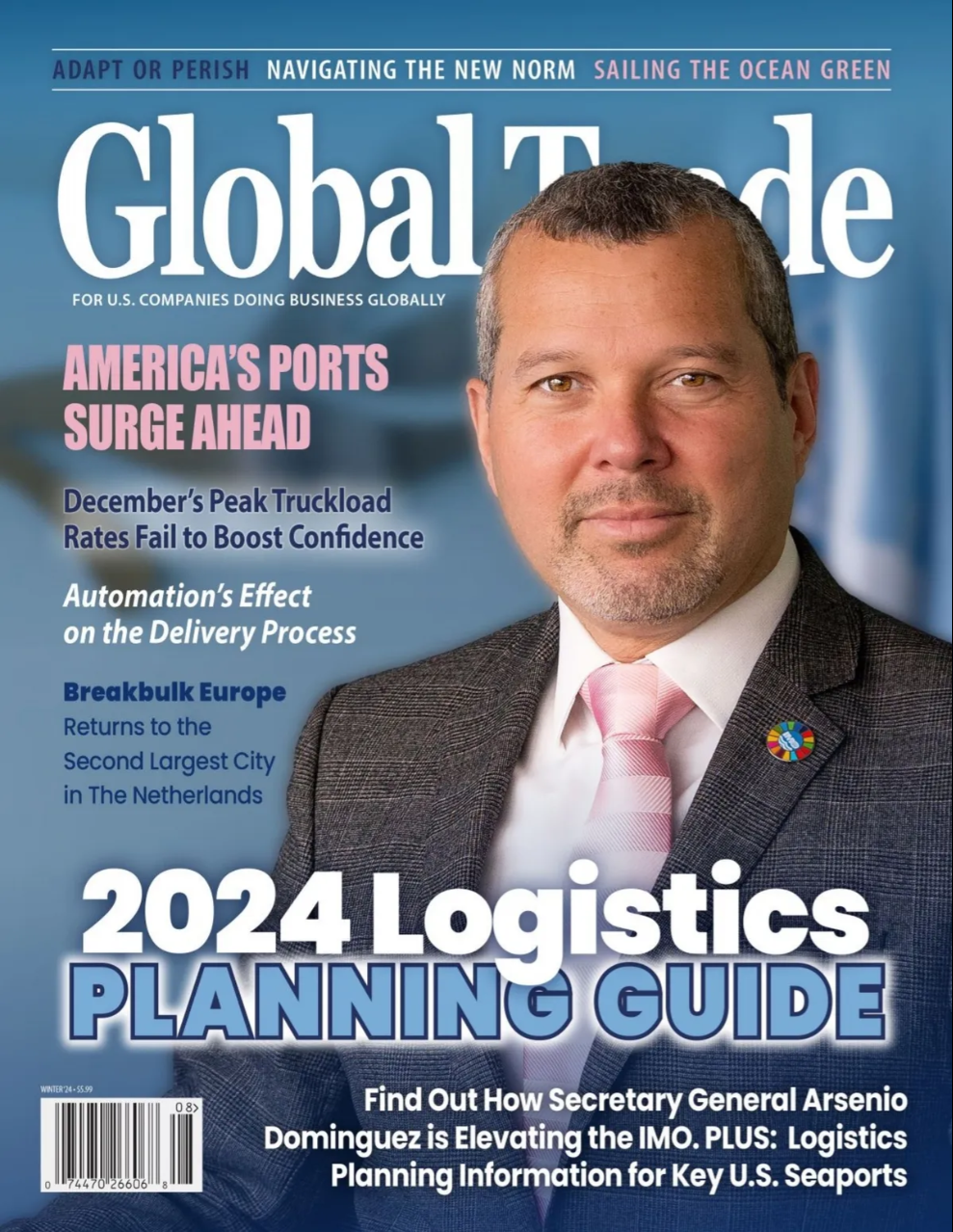Shipping cargo of any kind requires taking certain precautions to ensure the shipment arrives at its destination safely. Things get more complicated when high-value cargo is involved. Shipping cargo that includes unique pieces of art, fine jewelry, electronics, luxury apparel, pharmaceuticals, alcohol, and high-end food is riddled with even more risk. Any company can use a variety of shipping strategies for high-value cargo. The main aim, however, is always to completely eliminate the risk of damaging, losing, or anyone stealing the items. The strategies have to account for an optimal delivery route and provide security at each stage of shipping – transshipment, transport, and storage.
How does cargo theft happen?
Most logistics companies worth their salt are able to ensure their shipments of high-value cargo do not get lost or damaged by taking all of the necessary precautions. However, one risk that is getting increasingly harder to eliminate is that of theft. If the company’s capacity is tight, this might force them to work with carriers they don’t have longstanding relationships with. This can open up the door for sophisticated theft. People who do this know a lot about the luxury goods supply chain. They are able to obtain the right credentials, or at least look like they did.
If they don’t opt for fraud, they will opt for hijacking. Different territories around the world report different criminal patterns. Shipping companies have to toe the line of providing the best and most effective security strategies for the shipping of high-value cargo without their surcharges skyrocketing. Through careful planning, identifying problem areas, and mitigating risks, a company can develop successful shipping strategies for high-value cargo.
Speed
One of the simplest ways of eliminating the risk of theft when it comes to high-value cargo is to expedite the entire shipping process. The more quickly it happens, the fewer opportunities there are for something to go wrong. Picking the right timing can both help with the speediness of the delivery as well as further lowering the risks. For example, it is advisable to avoid the shipping of luxury items during weekends and holidays. The company should also plan the route meticulously. In turn, it should require the drivers to check in with the dispatcher at regular intervals as well as report any detours.
Expedited shipping requires a lot of careful planning and ensuring the security of the entire supply chain. Properly preparing the shipments for transit, monitoring the security measures, and ensuring visibility of the shipment throughout the process are all important strategies to ensure the safety of high-value cargo.
Building trust
Unfortunate incidents are more likely to happen when dealing with new partners companies don’t have sufficient experience with. Creating lasting business relationships means staying informed and involved in every part of the shipping process. It is one way to ensure your high-value cargo arrives at its destination safely at the allotted time. Building the trust between a company and its partners requires a lot of work on the ground. This includes regular visits to the facilities, educating the personnel about security threats and how to spot them, and learning about the language, infrastructure, and common practices of new countries they do business in.
Security measures
Shipping strategies for high-value cargo usually involve several different security measures. Some of the common combinations are using box trailers or anti-slash curtains, dedicated trucks, carefully selecting and training carriers, and having fixed parking instructions. It is also important to ensure that the shipment is monitored at all points of transport. Visibility means following a shipment from the pick up to its final destination. Some of the tools used for this include barcoding, RFID tags, and GPS trackers.
Another one of the great strategies for preventing theft is hiding the fact that the shipment is anything worth stealing. Checking the regulations and working within their confines can help you make the documentation as generic as possible. As much as they can, shippers try to use generic terms or code instead of listing specific information about the shipper and consignee. This is particularly important to apply to the description of the high-value cargo.
Furthermore, it might even be a good idea to limit access to sensitive information within the shipping company itself. It is also important to require a sign-off of count and condition whenever the shipment changes hands.
_____________________________________________________________
Neal Samson is a freelance writer with extensive working experience in the logistics industry. He mostly writes articles for companies like Tik Tok Moving and Storage and covers a variety of different topics related to logistics, shipping, and moving.



